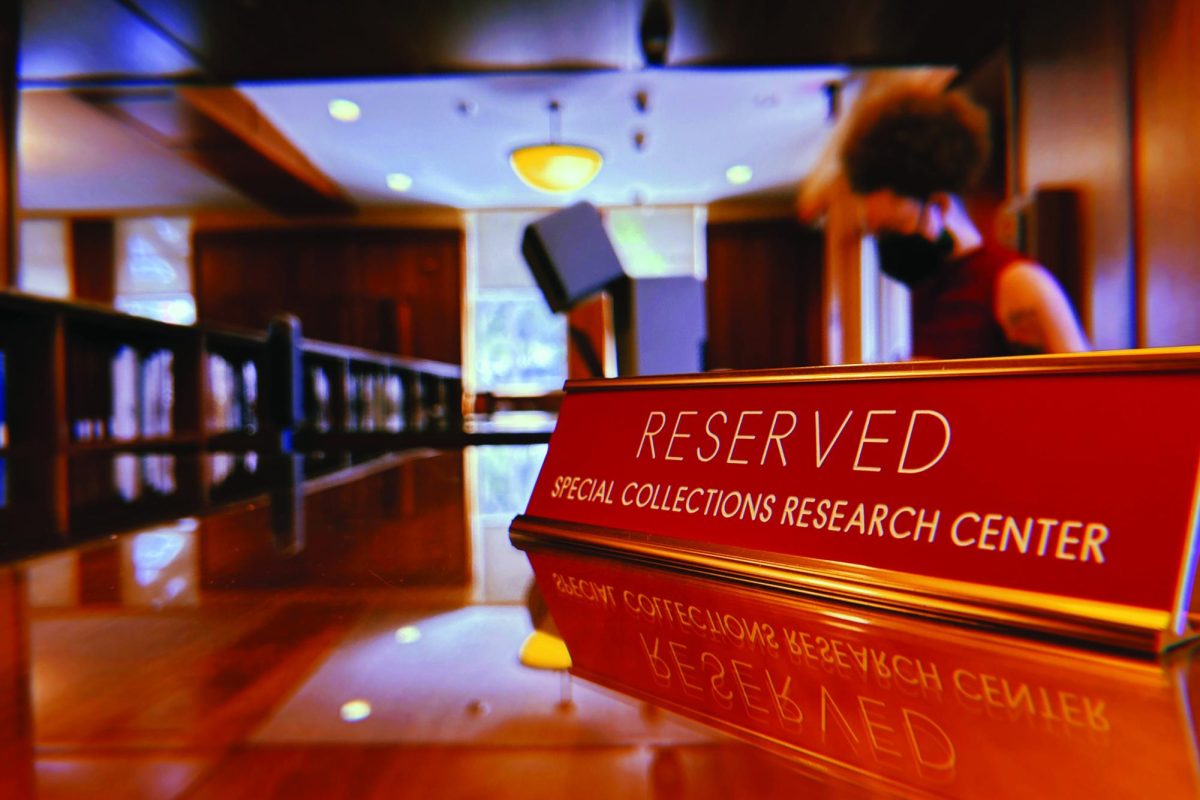The Facts:
The Office of Information Technology recently started a collaboration effort with a group of students to solve some of the University’s technology issues.
Our Opinion:
Communication and collaboration between everyday students and University officials is an essential way to foster understanding between students and administrators.
During the last five years the number of non-faculty University staff members has grown by 9.8 percent. N.C. State now employs nearly 5,400 technical, clerical and other professional staff, making it one of the largest employers in the area.
Without many of these dedicated servants the University would shut down completely. The Campus Police keeps students, staff and faculty safe; the systems administrators maintain the computer systems; and the thousands of other staff members service the institutions’ many needs.
Whether or not students believe every staff position is essential and provides a benefit to the University is a side debate. That question aside, these ranks have an enormous effect on the institution and students’ college experience.
Almost every campus issue, from tuition and fees, to classroom sizes and the Wolfline has a direct administrative cause.
With so much riding on the work of the Office of the Provost, University Transportation, Dining, Campus Recreation and other staff-driven organizations, it’s essential that students are given input into these offices’ work.
The input can’t only be from students’ appointed representatives in Student Government, though. Often, the senators and executive officials only have a cursory understanding of the underlying issues affecting students. How many of students’ elected officials actually eat at the dining halls or ride the Wolfline on a daily basis? The answer would be disappointing to students who want to think of Student Government as a body they can relate to.
Therefore, the burden must reside with the every-student, who has not been tainted by the University bureaucracy and the palm greasing of its brass.
A recent group formed to provide input to the Office of Information Technology, the Information Technology Student Advisory Group, is a great model for this process and has the potential to show that by interacting with concerned students, the University administrative units can better understand students’ needs, and vice-versa.
Simply having an e-mail comments-and-concerns address isn’t enough. Administrative divisions must engage students face-to-face on the important issues, collaborating to find common ground and enact real change.
The University will never gain any momentum toward progress if University leaders and average students don’t sit down and have frank discussions about the issues affecting campus. Only through group communication and collaboration, as OIT is attempting to implement, will students’ grievances reach the ears of the people who have the power to make changes happen.



